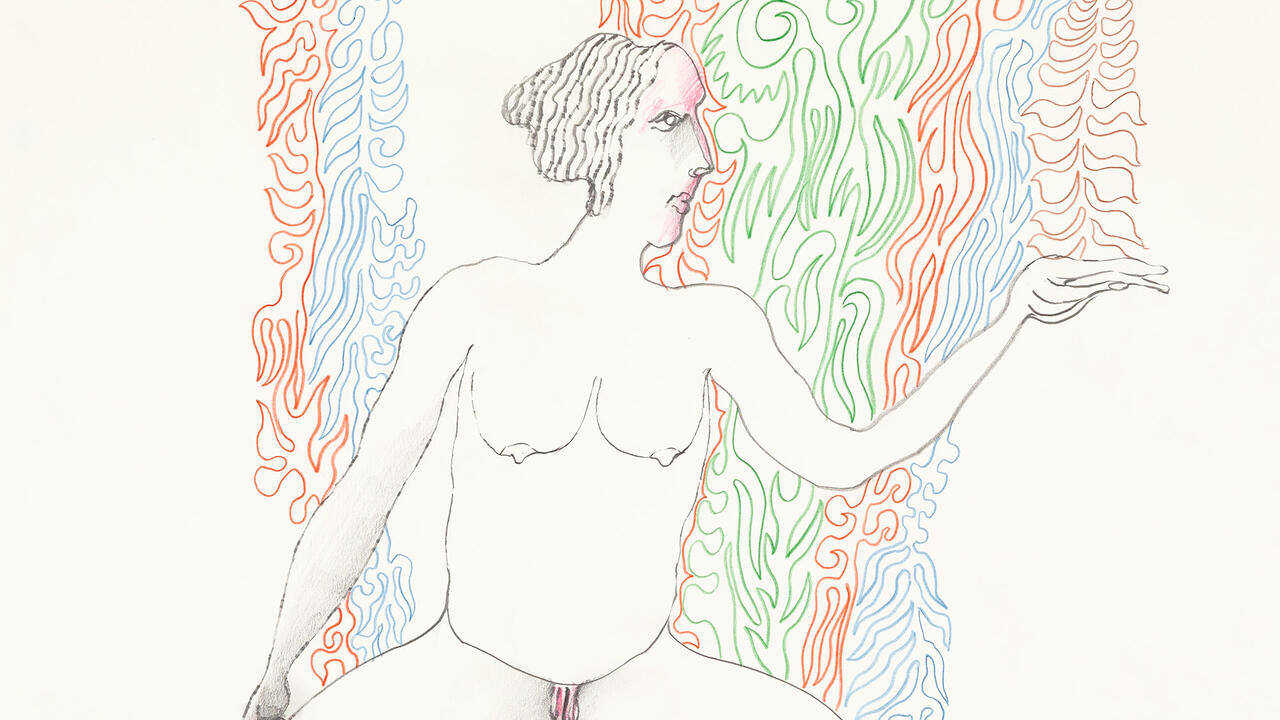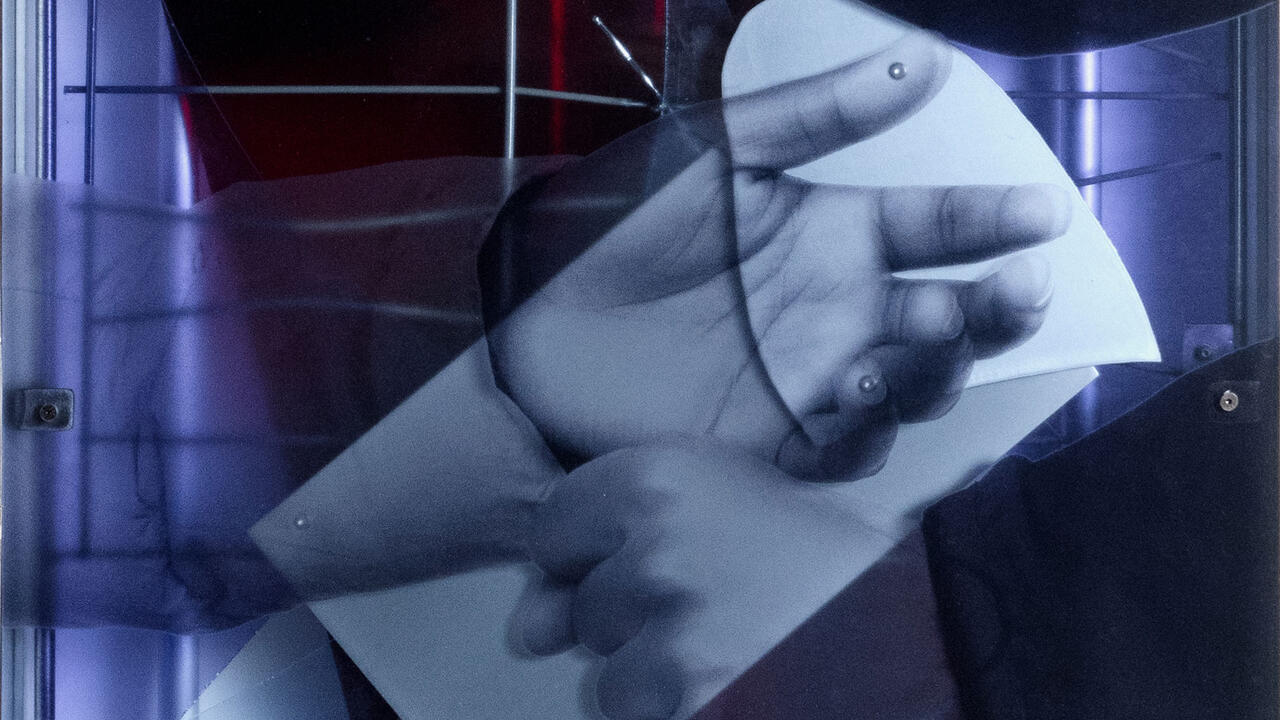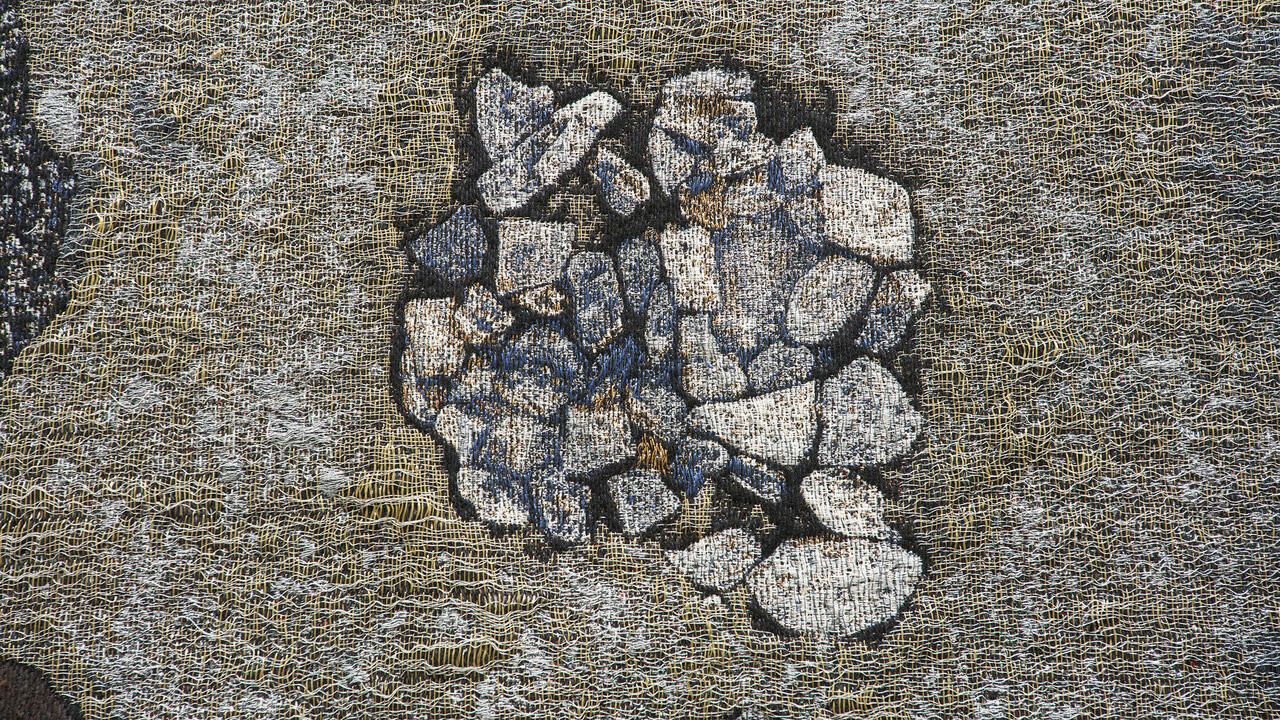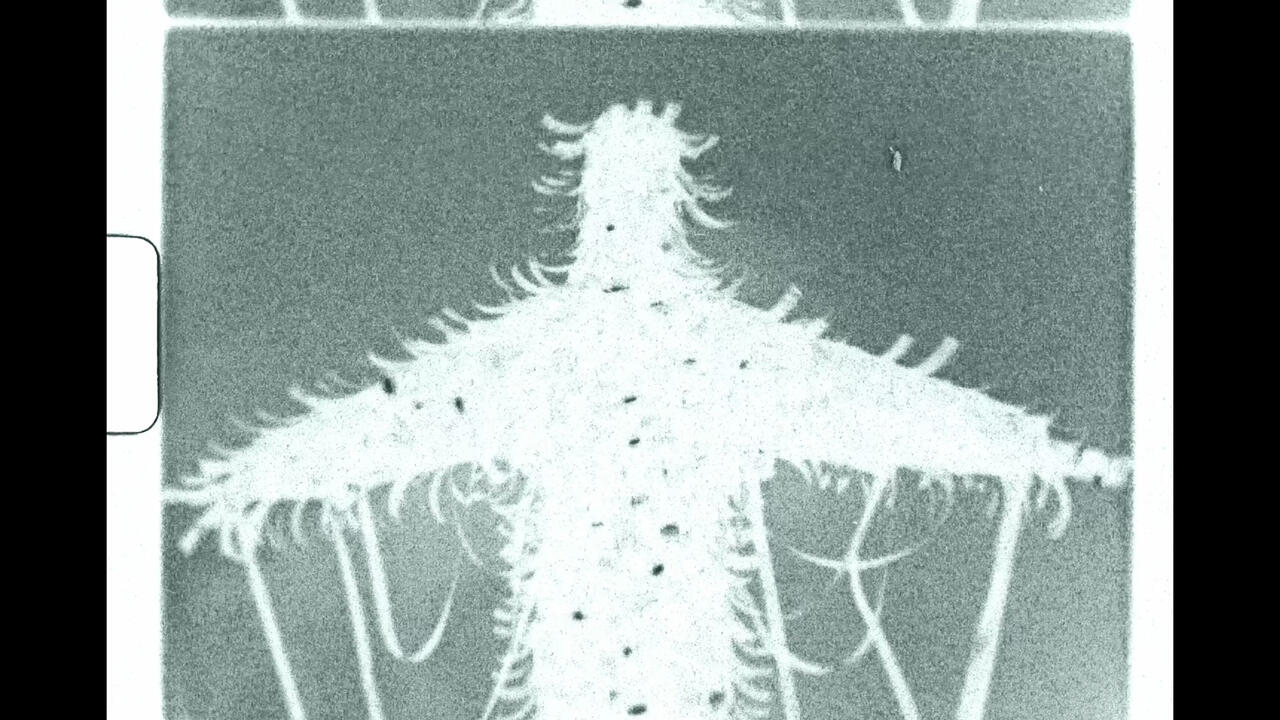Leonor Antunes Leans into Her Affinities
At Centro de Arte Moderna Gulbenkian, Lisbon, the artist guest curates an exhibition that tackles the history of gender bias in institutional acquisitions
At Centro de Arte Moderna Gulbenkian, Lisbon, the artist guest curates an exhibition that tackles the history of gender bias in institutional acquisitions

In his 2023 book Affinities, Brian Dillon, seeking to fathom his frequent use of the titular word in relation to artworks, defines it as the way ‘images and ideas sidled up to each other, seemed to seduce one another, in ways I could not (or did not want to) explain’. At Leonor Antunes’s Lisbon homecoming, ‘the constant inequality of leonor’s days’, the artist generously offers viewers an insight into her own affinities. Yet, with minimal interpretation provided across the two floors of the Centro de Arte Moderna Gulbenkian (CAM), Antunes likewise seems to feel no need to furnish an explanation.
The exhibition title references a 1972 ink-on-paper work by artist and poet Ana Hatherly, discovered by Antunes in CAM’s collection, in which Hatherly repeatedly rewrites a line from a work by the 16th-century Portuguese poet Luís Vaz de Camōes – ‘Barefoot she walks to the fountain / Leonor through the greenery / Beautiful and uncertain she goes’ – rendering the text illegible. The ‘constant inequalities’ of the show’s title might also, however, be an allusion to the historical biases of institutional acquisitions strategies in relation to women artists.

At the exhibition preview, Antunes’s introduction suggested to me that her extensive research for this show resembled that of a museum archivist. On the mezzanine floor, she brings the practices of more than 30 Portuguese women artists into conversation with her own. Attuned to narrative omissions, and to how the intersections of gender and race can lead to the erasure of histories from public view, works such as Grada Kilomba’s moving film, Illusions Vol. III Antigone (Triology A World of Illusions) (2019), which engages with Portuguese colonial history through the prism of myth, insist on a rereading of the Portuguese artistic canon and the impact of colonialism on collective memory.
Many of the works on the mezzanine floor engage with the written word. Hatherly’s Neograffiti (2001), featuring abstracted letters and symbols, is installed alongside Helena Almeida’s Composition or Pim! Pam! Poum! (1934), a vivid oil on canvas depicting contorted exclamation marks. Not hung directly on the walls of the gallery, which are left bare, works are supported on ‘voilette’ structures (panels of slatted wood) inspired by French designer Charlotte Perriand, as well as the glass easels of architect Lina Bo Bardi. The hang of this display is not chronological but depends on thematic connections or, rather, what Dillon might determine as a ‘mood’.

Walking through Antunes’s own sculptures on the floor below left me staggered by her engagement with the scale of CAM’s architecture. I was simultaneously reminded of Lenore Tawney’s fibre assemblages and Eva Hesse’s erotic encounters with sculpture: Antunes’s works consist of tangled, pendulous ropes – knotted, webbed, interconnected – reverberating in ripples and waves. The show offers a considered perspective on architecture, design and modernism, with the artist sharing some insight into her affinities through the works’ titles: Sophie (2023) references designer and artist Sophie Taeuber-Arp, while discrepancies with S.S. (2023) is an ode to British architect and editor Sadie Speight, whose role in designing the original CAM building in 1983, alongside her architect husband Sir Leslie Martin, has been little acknowledged.

Both floors of the show are integral to each other – a sentiment echoed in Antunes’s collaborative approach to artistic production. In a conversation with curator Adriano Pedrosa in 2019, the artist noted that she sees herself ‘sometimes as a guest, sometimes as a predator, but not wishing to be intrusive’. Here, her guest curation leans into vulnerability: by highlighting the affinities between other artists’ works and her own, Antunes insists that whatever we do, we rarely, if ever, do it alone.
Leonor Antunes’s ‘the constant inequality of leonor’s days’ is on view at Centro de Arte Moderna Gulbenkian (CAM) until 17 February 2025
Main image: Leonor Antunes, ‘the constant inequality of leonor’s days’, 2024, installation view. Courtesy: CAM-Centro de Arte Moderna and Pedro Pina / CGF






















